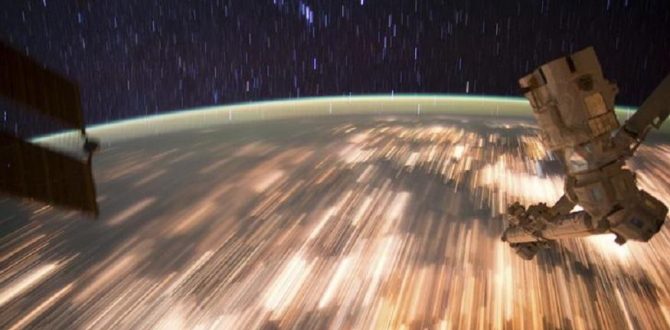Continuing on its path through the outer regions of the solar system, NASAs New Horizons spacecraft has now travelled half the distance from Pluto.
It is heading towards its next target – 2014 MU69 – which is the Kuiper Belt object (KBO) and the probe will fly past it on January 1, 2019, NASA said in a statement late on Monday.
The spacecraft was 782.45 million kms beyond Pluto and the same distance from MU69.
“It’s fantastic to have completed half the journey to our next flyby; that flyby will set the record for the most distant world ever explored in the history of civilisation,” said Alan Stern, New Horizons principal investigator from the Southwest Research Institute in Boulder, Colorado.
New Horizons will begin a new period of hibernation later this week.
In fact, the spacecraft will be sleeping through the April 7 halfway timing marker to MU69 because mission operators at the Johns Hopkins Applied Physics Laboratory (APL) in Maryland will have put the spacecraft into hibernation two hours beforehand.
In addition to its historic Pluto encounter and 16 subsequent months of relaying the data from that encounter back to Earth, New Horizons has made breakthrough, distant observations of a dozen Kuiper Belt objects (KBOs).
It has collected unique data on the dust and charged-particle environment of the Kuiper Belt and studied the hydrogen gas that permeates the vast space surrounding the Sun, called the heliosphere.
“The January 2019 MU69 flyby is the next big event for us, but New Horizons is truly a mission to more broadly explore the Kuiper Belt,” said Hal Weaver, New Horizons project scientist from APL.
“In addition to MU69, we plan to study more than two-dozen other KBOs in the distance and measure the charged particle and dust environment all the way across the Kuiper Belt,” Weaver added.
New Horizons is currently 5.7 billion kms from Earth. At that distance, a radio signal sent from the operations team – and travelling at light speed – needs about five hours and 20 minutes to reach the spacecraft.






